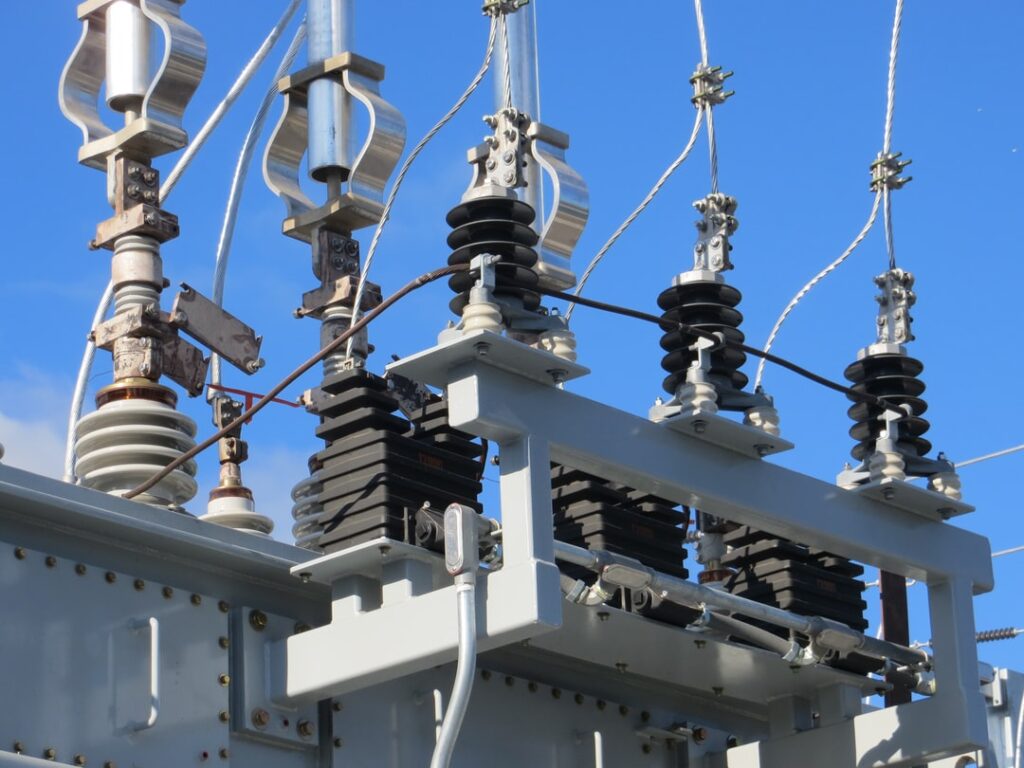As businesses strive to become more energy efficient, measurement and verification (M&V) audits play an important role in ensuring improvements. Energy efficiency measurement and verification audits help to identify where energy is being wasted and how efficiency can be improved.
By understanding the results of an M&V audit, businesses can make informed decisions about where to invest to achieve their energy efficiency goals.
Table of Contents
- Energy Efficiency Measurement and Verification Explained
- How is Measurement & Verification Done?
- Why is M&V Important?
- Frequently Asked Questions
- What is the measurement of energy efficiency?
- How do you verify energy conservation?
- What is the verification monitoring and analysis of energy use?
- What is an M&V audit?
- Conclusion
Energy Efficiency Measurement and Verification Explained
M&V refers to the process of measuring and verifying the energy efficiency of a project.
Energy efficiency measurement and verification involve comparing energy use before and after a project to quantify the project’s economic and impactful opportunities for further optimization.
There are a variety of factors that can affect energy efficiencies, such as fluctuations in the building’s load, changes in weather conditions, and variability in the production process.
Normalization of M&Vs helps account for variability in the factors that impact EEM savings.
Suppose energy production is increased by 25% and site energy consumption also increases. In that case, the M&V can determine if the project is underperforming or if the energy savings are realized on a normalized production level.
M&V is a critical tool for understanding energy performance in complex systems. By using data, statistics, and calculations, M&V can help to remove subjective judgment and provide enhanced transparency and visibility into system performance. This is especially important in efficiency projects where savings must be verified.
M&V is a process used to confirm that savings guarantees are met. This process may be mandatory in some cases.
M&V can help you understand how your energy projects are performing and identify areas for improvement. By providing operational insight, M&V can help allocate risks appropriately and better understand system interdependences when implementing energy projects.
This shows confidence in EEMs and their impact on the future of the energy industry.
M&V is the process of determining whether or not your energy efficiency measures (EEMs) are working as intended. This includes analyzing data to see if you are meeting or exceeding expectations for energy savings.
M&V is a key strategy for demonstrating the performance of energy efficiency measures (EEMs). It can also help to identify opportunities for additional energy savings and improved operational efficiency.
How is Measurement & Verification Done?
While each energy efficiency measure requires a different set of metrics, there are common practices that can be applied.
Energy efficiency is a process by which companies can reduce their electricity use. This process involves the installation of equipment, the collection of data from that equipment, and the development of methods by which that data can be analyzed. By following this process, companies can improve their efficiency and save money on their energy bills.
Most, but not all, projects will need to go through the following stages.
One method for measuring and verifying the ROI of investing in energy-efficient technology is systematically measuring and verifying the energy savings.
Teams can systematically measure and verify that their buildings use energy efficiently. This can help them make informed choices about energy efficiency.
Why is M&V Important?
It is important to measure the actual energy savings of energy efficiency measures.
This can be accomplished by metering and sub-metering facilities and equipment.
The interpretation of metered data is essential to understanding energy usage as it can be adjusted for things like temperature, changes in building occupancy, and the installation or removal of energy-consuming equipment.
The energy efficiency savings are compared to the energy usage of a similar building to determine the final figure.
Why is M&V important for government agencies?
Federal government agencies are required by executive orders to improve their efficiency. Most of the time, they hire contractors to do the work.
ESPCs and UESCs often fund energy efficiency projects. These agreements involve the contractor guaranteeing a certain amount of energy and cost savings and being paid according to those guarantees.
Contractors are often responsible for documenting their energy efficiency improvements, even when their pay is based on meeting certain levels of efficiency.
Having independent third-party conduct, an energy audit ensures that your energy saving and GHG emission reductions are being properly recorded.
Frequently Asked Questions
What is the measurement of energy efficiency?
It is the ratio of the useful output of a device to the input energy required.
How do you verify energy conservation?
There are several ways to verify energy conservation. One way is to measure the change in the kinetic energy of an object over time. If the object is not losing or gaining energy, then the kinetic energy should remain constant. Another way to verify energy conservation is to measure the change in potential energy of an object over time. If the object is not losing or gaining energy, then the potential energy should also remain constant.
What is the verification monitoring and analysis of energy use?
The verification monitoring and analysis of the use of energy is the process of verifying that energy is being used as intended and analyzing how it is being used. It is important to monitor and verify energy usage to ensure that energy efficiency measures are effective and to identify potential improvement areas. This can be done through various means, such as meter readings, data analysis, and on-site inspections.
What is an M&V audit?
M&V audit is a performance audit that focuses on measuring and verifying an organization’s financial statements. This audit aims to assure that the organization’s financial statements are accurate and reliable. An independent auditor typically conducts this type of audit.
Conclusion
Energy efficiency measurement and verification audits are important tools for businesses to improve their energy efficiency. By measuring and verifying improvements, M&V audits help ensure businesses achieve their energy efficiency goals. Through M&V audits, businesses can identify where they are wasting energy and make informed decisions about where to invest to achieve greater efficiency.





